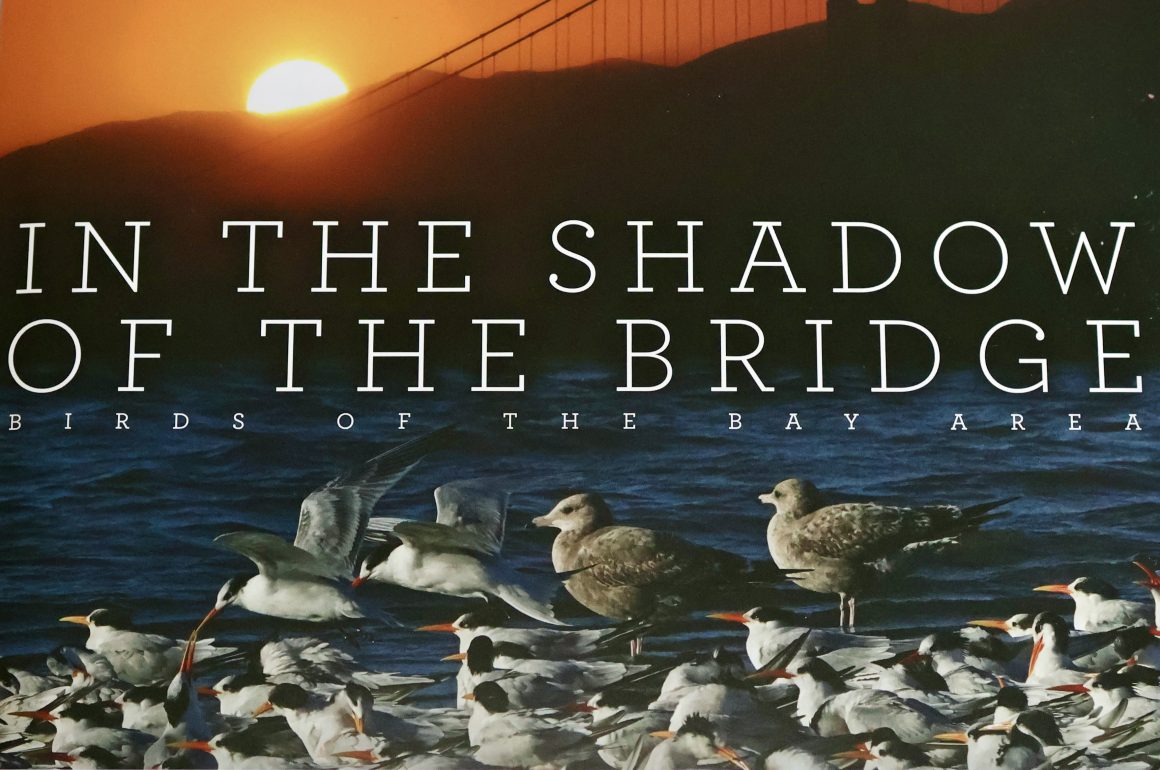
Whenever I leave the United States for a visit elsewhere I am always struck by the great differences and beauty of the country I am visiting. The people, the language, the weather, the architecture, the natural features of the land, the food, the taste of the coffee and, as always, the birds—the list is endless. When I return to the United States I am happy to be home and back to the mundane. Unpack my suitcase, wash my clothes, bask in a hot shower and, as always, download my photos. And, with new eyes, I see my own country. I am reminded of how large the United States is, how different it is, region-by-region, state-by-state, north, south, east, west. I thrive on this juxtaposition and am always aware of how lucky I am for the opportunity to travel. For me, it’s a visceral feeling.
So, when asked if I could review the new book In The Shadow Of The Bridge: Birds of the Bay Area, photographs by Dick Evans, text by Hannah Hindley, and forward by Mary Ellen Hannibal, I jumped at the opportunity. Now as I write this, book on my desk and keyboard at my fingertips, I am thrilled that I did.
I have been trying to think of an image in the United States more iconic than that of the Golden Gate Bridge. Yes, the skyline of New York City, Niagara Falls, a manatee swimming in a clear Florida bay, the Gateway Arch in St. Louis, the vast plains of the western states—these are all fondly familiar images. Another—the Grand Canyon—stunningly beautiful as it is, rarely receives justice in a single image. Others will disagree, but I am going to stick with the Golden Gate Bridge. The “international orange” colored structure spanning the San Francisco Bay at sunrise, sunset, draped in fog, thronged with cars and tourists is an awe-inspiring sight.
I have had the pleasure of seeing the Golden Gate Bridge a few times and, during these visits, I have birded the area and have seen a lot of birds. But never the array of birds imaged In The Shadow Of The Bridge. The bridge traverses the San Francisco Bay connecting coastal San Francisco with Marin County. The Pacific Ocean and the bay meet here. Imagine living and working in an area that is an always changing landscape of weather, land, water and tides, where one would never need to leave to see new birds on a regular basis. In her forward, Mary Ellen Hannibal writes of birds, ” … I am thrilled at their otherness—simultaneously outside me, indifferent, and yet mysteriously entwined with my own being” (p. vii). This is a beautiful statement. Whether we choose to think of birds in this way or not; however we word it, this is what I also believe is at the essence of our fascination with birds.
The Introduction—includes the 2023 briefly told story of the amazing California Condor—”their slow shadows sliding over the docks of Alameda on their way toward Mount Diablo. It was the first time in a hundred years …” (p. xi)—should not be missed.
The photographs! Dick Evans graduated from Stanford University where he became interested in photography. His professional career took him all over the world but he always returned to the Bay Area. His Photographer’s Statement: In Plain Sight (p. xxiii) is a peek into an admirable artistic life. Evans’ photographs include the routine ordinary birds along with the highly sought after birds of the region. We learn that in 1933 the San Francisco Racing Pigeon Club provided 250 carrier pigeons to broadcast messages all across California of the groundbreaking ceremony for the Golden Gate Bridge (p. 83, 85). One of my favorite photos is of a Ridgeway Rail, tiny in comparison, sharing a grassy path with a Great Egret (p. 151). Or others: a swimming Ridgeway Rail (p. 199); I didn’t know they swam, or the startlingly different appearance of the western Song Sparrow (p. xxv) with that of the eastern Song Sparrow, or the three huddled, newly banded and spotted Western Gull chicks (p. 113). Believe me, it’s easy to linger.
But this is not just a book with beautiful photos of birds, although there are those, it is also a book that dives deep into the ecology and history of the region. Award winning author Hannah Hindley’s extensive, generous and beautifully written text fills in the blanks of an area that is, not so arguably, the richest the United States has to offer in birdlife, animal life, human activity and commerce and how all of these things meld together to form an environment of astonishing historical significance.
California has long been the destination of fortune-seekers, dreamers and doers. If it was its own country it would have the world’s fourth largest economy and be the 38th most populous. The 1906 San Francisco earthquake followed by the Great Fire of San Francisco left thousands dead and a nearly completely destroyed city. Over the next 120 years other catastrophic events have not deterred the arrival of new people to the Bay Area—each seeking their own dream. This has challenged those who care about the environment and for the birdlife and wildlife.
In The Shadow Of The Bridge is divided into three sections: Natural Forces, Human Influences and Evolving Challenges. I am riveted by this delineation because together they embody the central challenge for preserving the habitats and rich diversity of such a unique environment. The preservation of the beaches of Monterey, the crumbling cell-blocks of Alcatraz Island, Golden Gate Park, the Farallon Islands National Wildlife Refuge, the lagoons and estuaries,Point Reyes National Seashore and unnamed others, all combine to support the Bay Area’s rich natural diversity. Section two, Human Influences is, both historically and currently, focused on the efforts of the Point Blue Conservation Science project; researchers, teachers, students and volunteers are at the center of the restoration and preservation of habitat and birdlife.
Little has been left out of this complete environmental profile of the San Francisco Bay Area. I’m a pragmatist. I often think about the places I will never visit and the birds I will never see. Many birders will not have the opportunity to visit the Bay area. If we pay attention to only the news of the day we might live in despair of how, not just the United States, but the world over, is changing. In The Shadow Of The Bridge: Birds of the Bay Area is an antidote and remedy for our despair, gives us permission to breathe, to be calm. We all need beauty in our lives. With this book open in your lap, each page turned slowly so that you will not miss a bird, a word or a story, you will find that you have, indeed, visited In The Shadow Of The Bridge.

A final word about the publisher of In The Shadow Of The Bridge. Heyday is an independent, nonprofit publisher founded in 1974 on unceded Ohlone land in Berkeley, California. Heyday promotes civic engagement and social justice, celebrates nature’s beauty, supports California Indian cultural renewal, and explores the rich history, culture, and influence of the Golden State. To this I will add, Heyday has certainly been successful in their mission with the publication of this book. It is an endeavor for which all participants can justly feel pride.
Afternote: The color of the Golden Gate Bridge is called “international orange” and was chosen by Irving Morrow, a residential architect, for its uniqueness and to be visible in the bay’s often thick fog. For its original coat, the bridge required 110,000 gallons of paint. Annually 5,000 to 10,000 gallons of paint are used for its protection and preservation. The specific paint used is a special brand, but its closest commercially available match is a Sherwin Williams paint called “Fireweed”, color code SW6328.
_________________________________________________________________________________________
In The Shadow Of The Bridge: Birds of the Bay Area
Photographs by Dick Evans
Text by Hannah Hindley
Foreword by Mary Ellen Hannibal
209 pages
Publisher: Heyday Books, Berkeley, California
Date of publication: November 25, 2025
ISBN-10: 1597146919; ISBN-13: 978-1597146913
Hardcover: $50.00
Publisher’s website: heydaybooks.com



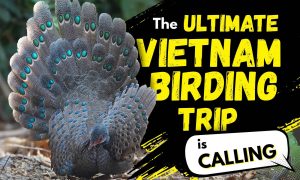
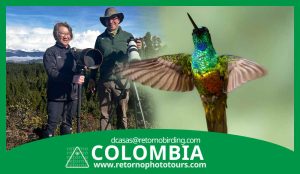
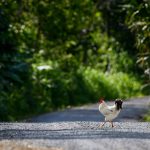


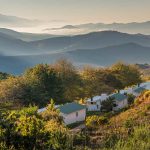
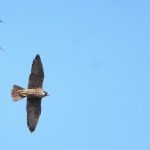
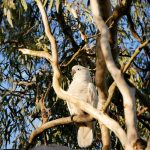
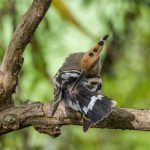
Leave a Comment